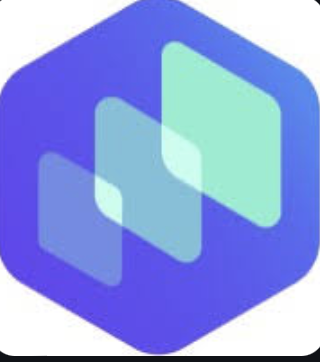Java Predictions for 2021: Jakarta EE
- December 28, 2020
- 3263 Unique Views
- 2 min read
- “Jakarta EE will start driving improvements in APIs and Project Loom will drive new releases of many frameworks.
- Java developers may stop having to worry about Kubernetes as it is abstracted away as 'just infrastructure'.
- As ever, the death of Java is predicted but Java is set to remain a top 3 programming language in 2021.”
- “I'm very interested in Fibers (part of Project Loom) which will revolutionise the way we use multithreading in Java.
- The next Long Term Support (LTS) version of Java is also due in 2021, Java 17. It will either confirm the split in the Java World (Java 8 versus the rest), or the adoption rate will be a sign that current users on Java 8 will migrate eventually.”
- “One thing to look for is Jakarta EE 9.1, which should support Java 11 and align with it.
- Maybe we'll have Jakarta EE 10 with finally some new features by the end of 2021. Even if not, we'll definitely see some new features in some of the individual Jakarta EE specifications.”
To celebrate the world of Java and predict our highlights for 2021, several key Foojay participants will share their thoughts and hopes during the coming days on Foojay, starting with Frank Delporte, Foojay Community Manager for the Raspberry Pi, and now continuing with Jadon Ortlepp, Foojay Community Manager for Microservices, who here provides the predictions of his Payara colleagues on Jakarta EE in 2021.

“Jakarta EE will start driving improvements in APIs and Project Loom will drive new releases of many frameworks.
Java developers may stop having to worry about Kubernetes as it is abstracted away as 'just infrastructure'.
As ever, the death of Java is predicted but Java is set to remain a top 3 programming language in 2021.”
Steve Millidge, Payara CEO and Founder

“I'm very interested in Fibers (part of Project Loom) which will revolutionise the way we use multithreading in Java.
The next Long Term Support (LTS) version of Java is also due in 2021, Java 17. It will either confirm the split in the Java World (Java 8 versus the rest), or the adoption rate will be a sign that current users on Java 8 will migrate eventually.”
Rudy De Busscher, Payara Pre-Sales Consultant

“One thing to look for is Jakarta EE 9.1, which should support Java 11 and align with it.
Maybe we'll have Jakarta EE 10 with finally some new features by the end of 2021. Even if not, we'll definitely see some new features in some of the individual Jakarta EE specifications.”
Ondrej Mihályi, Senior Payara Service Engineer
Don’t Forget to Share This Post!





Comments (0)
No comments yet. Be the first.